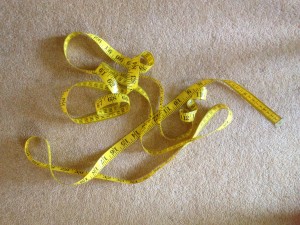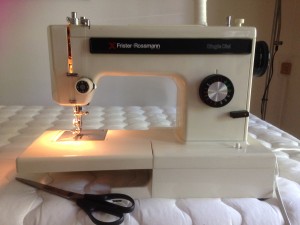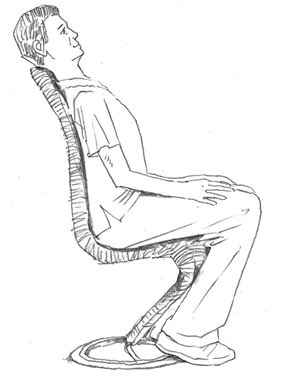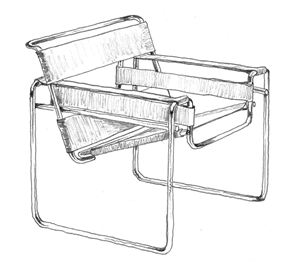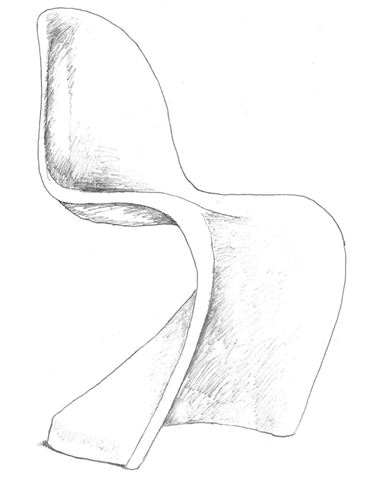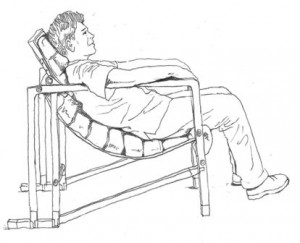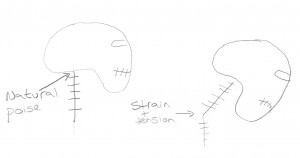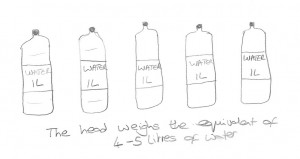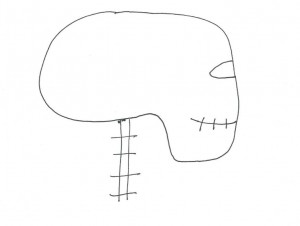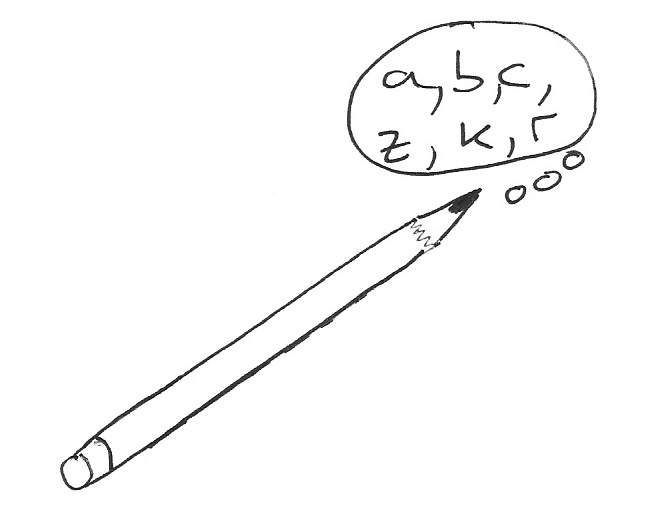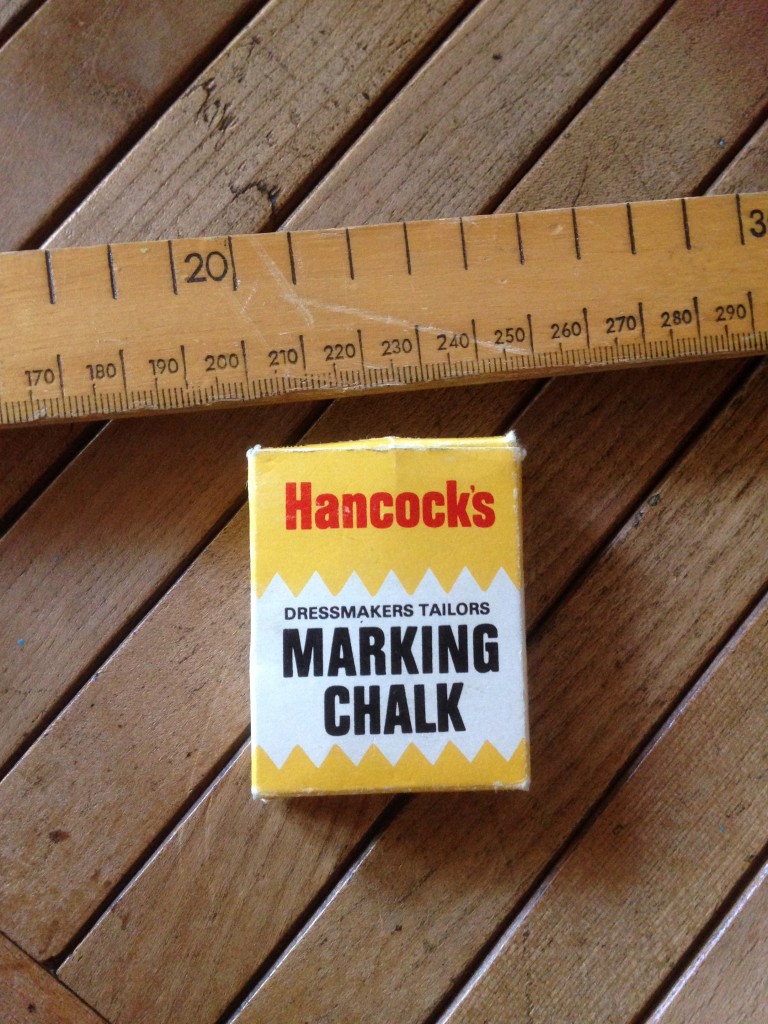
One of the many thought-provoking pieces of advice that I was given by my Alexander Teacher, Lizzie Atkinson, was:
Perfection is a stick to beat yourself up with
If you look for a perfection, to be perfect in something, you may need to wait a lifetime or several lifetimes. So let’s give ourselves a break and allow ourselves to be less than perfect. We will never be perfectly symmetrical, have perfect posture, some people may never be completely free of their pain. But we can work towards that and learn an awful lot along the way.
A fulfilled life is about giving things a go and trying things out without having to get it right. Allowing yourself to be wrong is a great gift. There’s so much to learn from that.
My Alexander students can be surprised when they get up from a chair in a way that is unbalanced and unstable and yet I am happy about it. It’s usually because they’ve let go of a familiar habit and gone into the unknown. It might be a bit messy and it’s work in progress but we’re getting somewhere. Getting things ‘right’ can be accidental. Getting things ‘wrong’ gives us something to work with, something understood of an old habit or a new avenue of insight and thinking to explore.
I’m currently making some curtains. The old part of me – the more academic and mathematical side from my school years – wants to analyse it all, make thorough measurements and work it out beforehand. But that means that the material sits for months and years in a sewing pile.
The new part of me recognises myself as a creative person. One who can take some more casual measurements and then work things out as I go along. It’s not perfect but at least there will be a pair of curtains fairly soon to keep out the winter cold. And I’ll be learning along the way so that my next sewing project will be better and will take on board all this experience. Am I going to win the Great British Sewing Bee? No. Am I going to sell my amazing curtains and cushion covers and make a new career? No. Am I going to have fun and feel creative and satisfied as I listen to Desert Island Discs and The Life Scientific podcasts and the sewing machine whirrs along? Yes. And it’s so enjoyable and so generous for me and so much more gentle than trying to be perfect.


